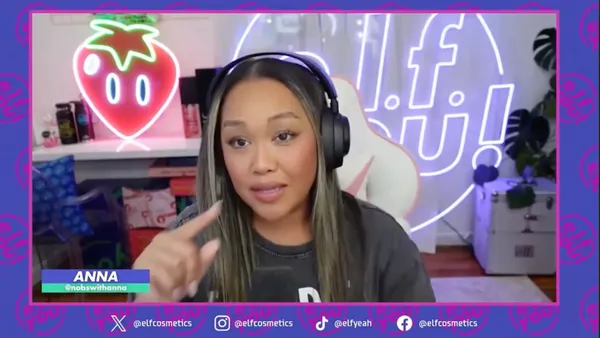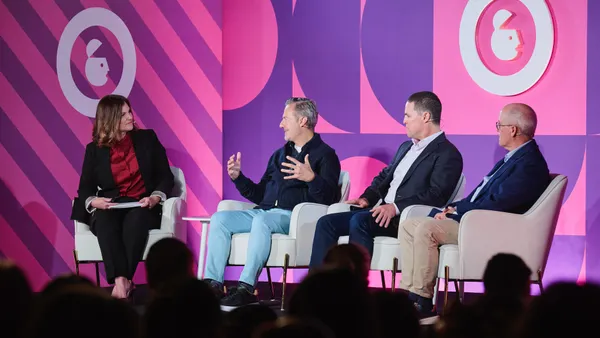Dive Brief:
- A Google-commissioned Nielsen study found that linear TV and YouTube increase each other's reach and engagement.
- The study found that people who watch video content on YouTube are more likely to seek out the program's content on TV, and vice-versa.
- "The notion that YouTube can bring new people into a show while also keeping current fans connected presents a big opportunity for both programmers, as well as advertisers, who seek to capture audiences whenever and wherever they watch premium content," Jonathan Zepp, Google's head of North American partnerships for YouTube, told Ad Week.
Dive Insight:
While many reports suggest digital video is starting to encroach on linear TV's mind share, Nielsen found that digital video and traditional TV may have a symbiotic relationship. When viewership of one medium increases, so does viewership of the other, according to the study.
Linear TV remains the dominant domain for live video, but digital is increasingly important for video, especially among younger generations. Linear TV remains essential for event viewing, such as live sports, but platforms such as Twitter are increasingly asking questions of that model by bringing exclusive live streams of professional sports games online. The research from Nielsen and Google should help offset some of the fears of linear TV that digital could eat its lunch, showing that increased viewership for digital video translates to increased viewership for TV as well.
"As digital video viewership continues to grow on platforms such as YouTube, advertisers, agencies and TV programmers have an opportunity to leverage the connection between digital views and TV audiences," the study found. "Nielsen's research shows that YouTube engagement through views and uploads is connected to TV reach or bringing more people to trial the show, and in general playing a part in keeping viewers connected to the TV program."












